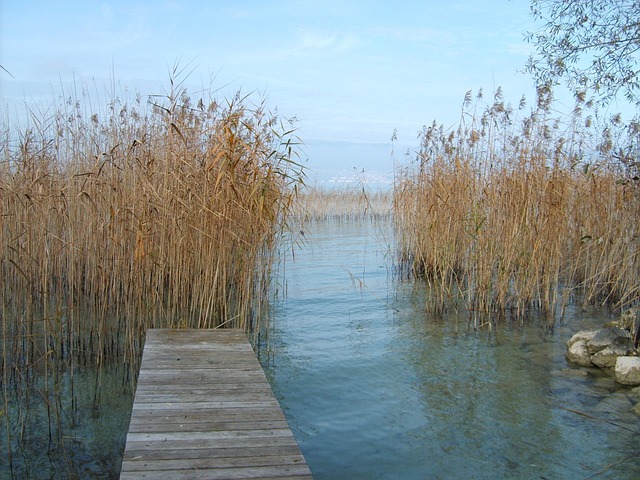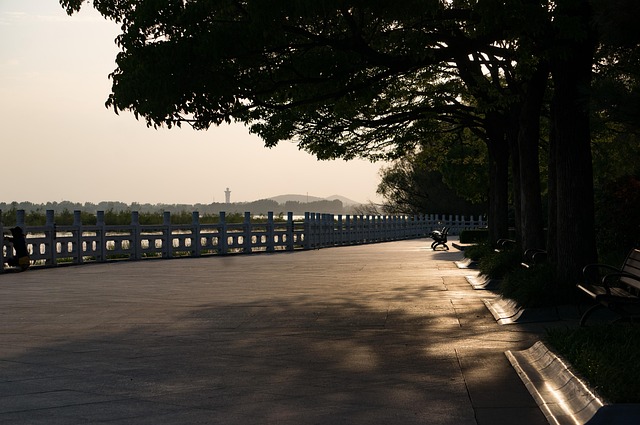In today's competitive real estate market, success hinges on appealing to families by creating warm, inviting spaces that foster memories and connections. Key strategies include open floor plans, calming color palettes, natural light, family-friendly amenities, and hospitality design. These elements differentiate properties, attract families, build strong communities, and enhance overall livability. Real estate developers can create vibrant, family-centric neighborhoods through thoughtful urban planning, shared green areas, playgrounds, community centers, walkable streets, and bike-friendly landscapes.
In today’s market, real estate professionals recognize the significance of catering to families. Creating spaces that evoke a warm and inviting atmosphere is key to appealing to this demographic. This article explores strategies to foster family-oriented vibes through real estate design and hospitality, focusing on community building and neighborhood development. We’ll delve into how these concepts strengthen family bonds, enhance local connections, and ultimately, make communities more desirable places to call home.
Creating a Warm and Inviting Space for Families in Real Estate

In the competitive world of real estate, creating a family-oriented vibe is essential to stand out. Designers and developers must embrace the notion that homes are more than just structures; they’re spaces where memories are made and families thrive. A warm and inviting atmosphere can be cultivated through thoughtful design choices, such as open floor plans that encourage interaction, vibrant yet calming color palettes, and ample natural light. These elements contribute to a sense of comfort and belonging, making properties more desirable for families seeking a place to put down roots.
Moreover, incorporating family-friendly amenities and features becomes a powerful differentiator in real estate. From dedicated play areas to well-equipped kitchens designed for both cooking and gathering, these touches demonstrate an understanding of modern family needs. By prioritizing hospitality and creating environments that feel like home, real estate professionals can attract and retain families, fostering a sense of community within their developments.
The Role of Hospitality in Community Building: A Focus on Family-Centric Areas

Hospitality plays a pivotal role in fostering community and strengthening family-centric areas within real estate developments. It goes beyond mere accommodation; it’s about creating an environment where residents feel welcomed, connected, and valued. In densely populated neighborhoods or suburban communities, where families are often at the heart of social fabric, hospitality initiatives can significantly enhance overall livability.
Real estate projects that prioritize hospitality design often include communal spaces that encourage interaction, such as parks, play areas, and community centers. These shared spaces not only provide opportunities for residents to connect but also create a sense of belonging. Moreover, welcoming hospitality can extend to local businesses, schools, and cultural events, further reinforcing the community’s identity and fostering a supportive ecosystem for families.
Designing Neighborhoods that Foster Strong Family Bonds and Welcoming Atmospheres

In designing neighborhoods that cater to families, creating a welcoming atmosphere and fostering strong community bonds is paramount. Real estate developers play a crucial role in shaping spaces that encourage interaction and build lasting connections among residents. Incorporating shared green spaces, playgrounds, and community centers serves as a natural gathering point for families, fostering a sense of belonging and camaraderie. These communal areas not only provide opportunities for children to play and adults to socialize but also create a platform for organizing events, workshops, and clubs tailored to different age groups.
Additionally, thoughtful urban planning can enhance these effects by designing streetscapes that prioritize walkability and bike-friendliness, encouraging families to explore their surroundings on foot or two wheels. This promotes face-to-face interactions between neighbors, strengthens community ties, and contributes to a vibrant family-oriented vibe that extends beyond the confines of individual homes.






